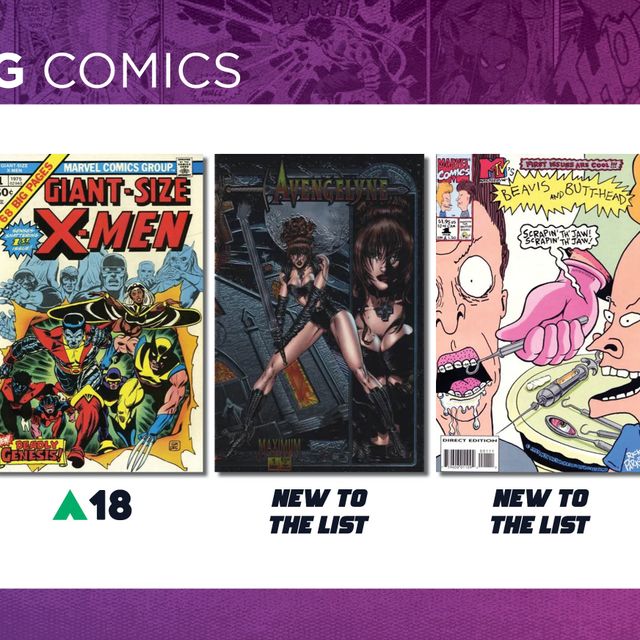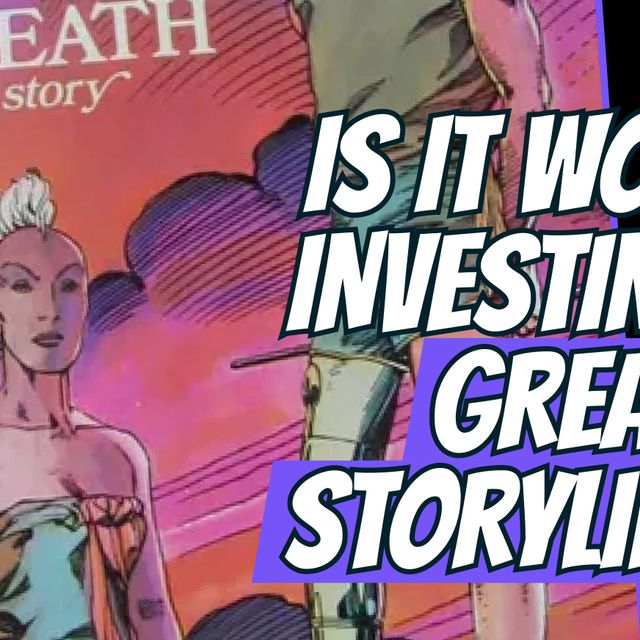
If you like the DC Vertigo comic Border Town (which is supposed to be about immigration and Latino identity with a sci-fi twist) I suggest you check out a much better written comic about Latino-American culture. It’s called Love and Rockets.
You see, once there were mainstream comics (sanitary and approved by the Comics Authority, i.e. all bearing the ‘Comics Code’ on their covers) and ‘alternative’ or underground comics. The new DC Vertigo line is supposed to be written in the spirit of these classic underground comics, but these books are actually quite slickly produced and don’t have the heart or feel of the original and true underground comics.
In the 1980s one of the premiere underground comics was the Hernandez Brothers’, Love and Rockets. The weird stories that make up L&R were first published in 1981. These stories eventually came together to form the collection that has since come to be known as L&R 1st Series.
The original Love and Rockets actually ran for fifty issues before the series was rebooted and re-launched as a 2nd Series, known as Love and Rockets: New Stories. If you’ve heard of this comic but never read it, let me set the scene for you and give you an idea of why these comics are so well loved by so many comic book readers.
The Hernandez brothers (Los Bros Hernandez) are three Mexican-American artist-writers raised in Oxnard, California. The brothers: Jamie, Mario and Gilbert were attracted to comic books at an early age. Working from the perspective that serial story-telling and graphic art should reflect life, the Hernandez brothers integrated some of their personal experiences and beliefs into colorful stories about life and love.
The underground status their work maintained allowed them the freedom to take really innovative twists on storytelling, yet their love of traditional comics shines through the pages of their work and so make their contributions memorable.
Of the three Bros Hernandez, Gilbert and Jaimie are the most prolific and their stories, especially the ‘Las Locas’ series by Jaimie and ‘Palomar & Luba’ by Gilbert, are the main works the brothers are known for.
For example, ‘Las Locas’ introduces us to Maggie the Mechanic and her on-again/off-again girlfriend Hopey. Mixing observations about street life, science fiction themes and a punk rock ethos with an ongoing tale about life in the fictional town of 'Hoppers', this is, to this day, one of the more popular L&R stories. 'Palomar', by contrast, is set in a fictional Mexican town of the same name, and features a more literary and, occasionally, even more surreal narrative.

Originally the brothers would write separately and publish their work side by side. The self-published first set of stories were later collected and published by Fantagraphics Books in 1982.
Either of the earliest publications are collectors’ items and worth quite a bit of money. The Fantagraphics L&R comics were frequently reprinted, first prints are the most valuable.
Love and Rockets #1 (B&W) (1981) – Self-Published Fanzine style first printing
This was the first ever appearance of L&R, it has a total of only 91 certified copies on the CGC census but a high grade, 9.8, copy can easily go for $1000.00. The last recorded Ebay sale of a 9.8 copy raised $849.00. A 9.6 graded edition sold on ComicLink on 09/13/2017 for $700.00. Best returns have been on 9.0, but currently all the numbers are negative, which stands in sharp contrast to the returns on the 1982 reprinting of these stories.
Love & Rockets #1 (September 1982) – First Fantagraphics L&R
This comic was many people’s first introduction to L&R and was so popular it was printed separately four times. The first printing can be determined by its ‘September 1982’ listing, and all subsequent printings are listed as ‘Fall 1982’ in the indicia. So look for that in order to know whether the issue you’re getting is a first print or not. Of course, you can also check the cover price. The second printing, dated October 1987, has a cover price of $3.50. The indicia also lists its status as a second printing immediately after the ‘Fall 1982’ date listing. The third and fourth printings (dated ‘February 1992’ and ‘May 1995’) both have cover prices of $3.95.
Sales of this comic have been frequent but CGC copies have only begun to pick up over the last three years. At this point, there aren’t enough first copies on the CGC census to know how many are certified, but returns from sales have provided the following numbers: A certified 9.8 copy, sold on Heritage Auction on 11/17/2017 for $3,824.00. A 9.6 sold on 07/28/2017 on Ebay for $999.95. Best returns however, according to GoCollect.com, have been on 9.4 certified copies. At positive + 46.9% roi over the last three years, after a 9.4 sale raised: $34.00 (on 4/20/2016) and an Ebay sale from 11/01/2017 brought in $49.95.


